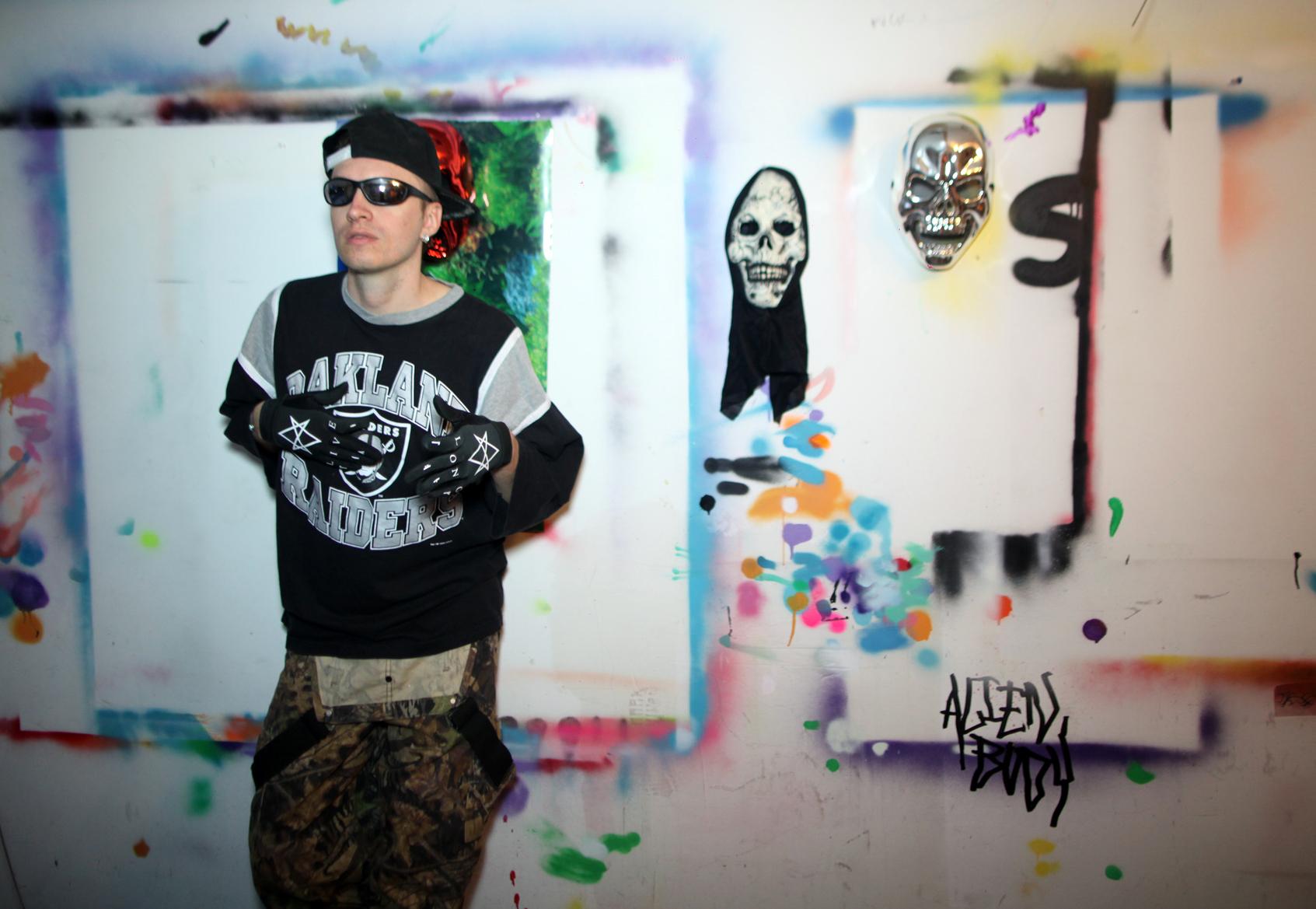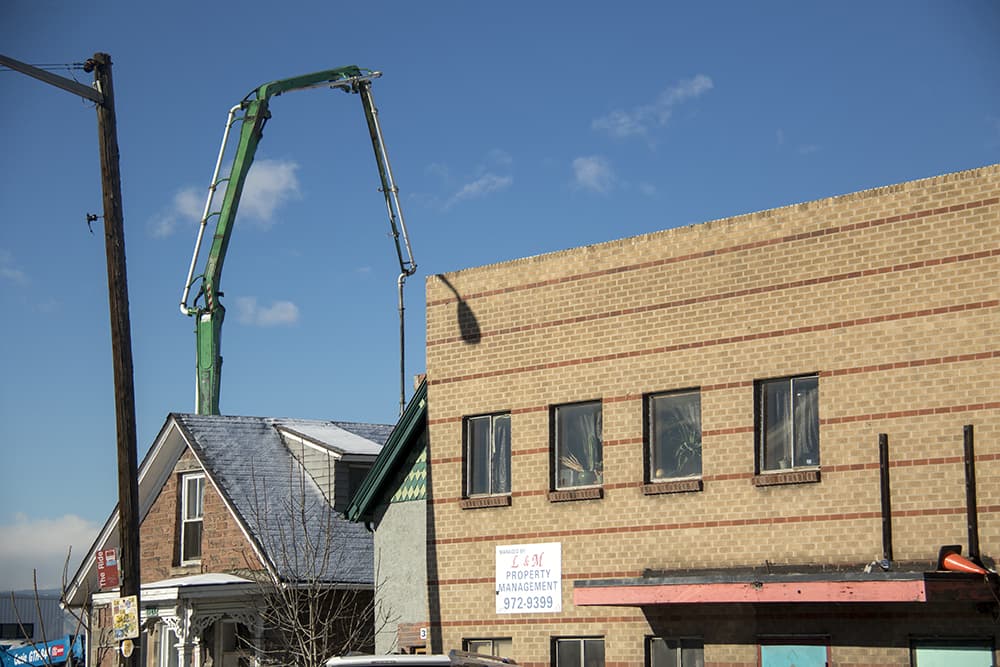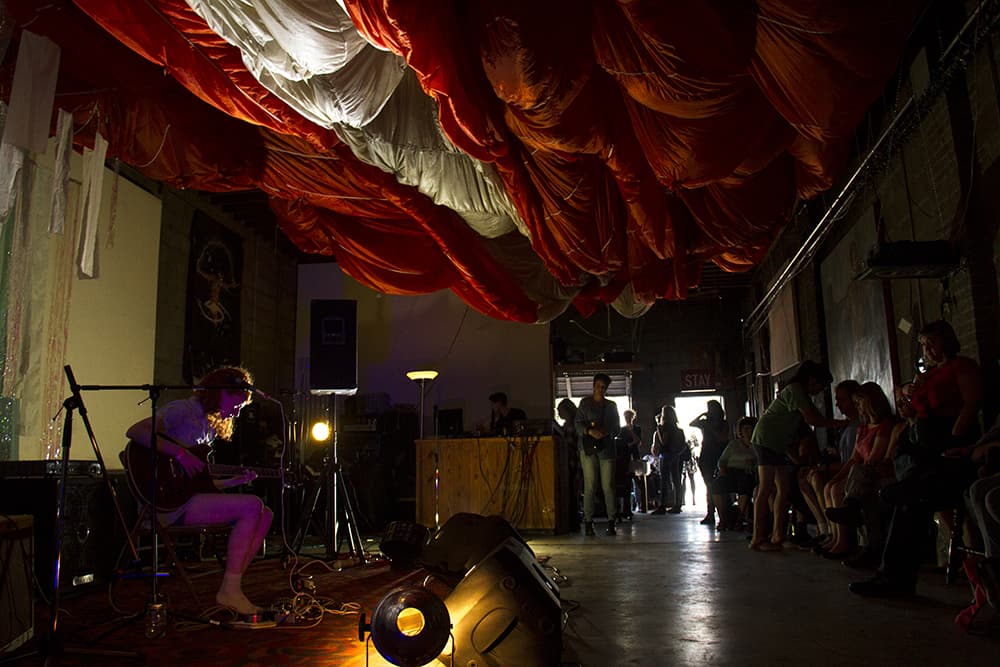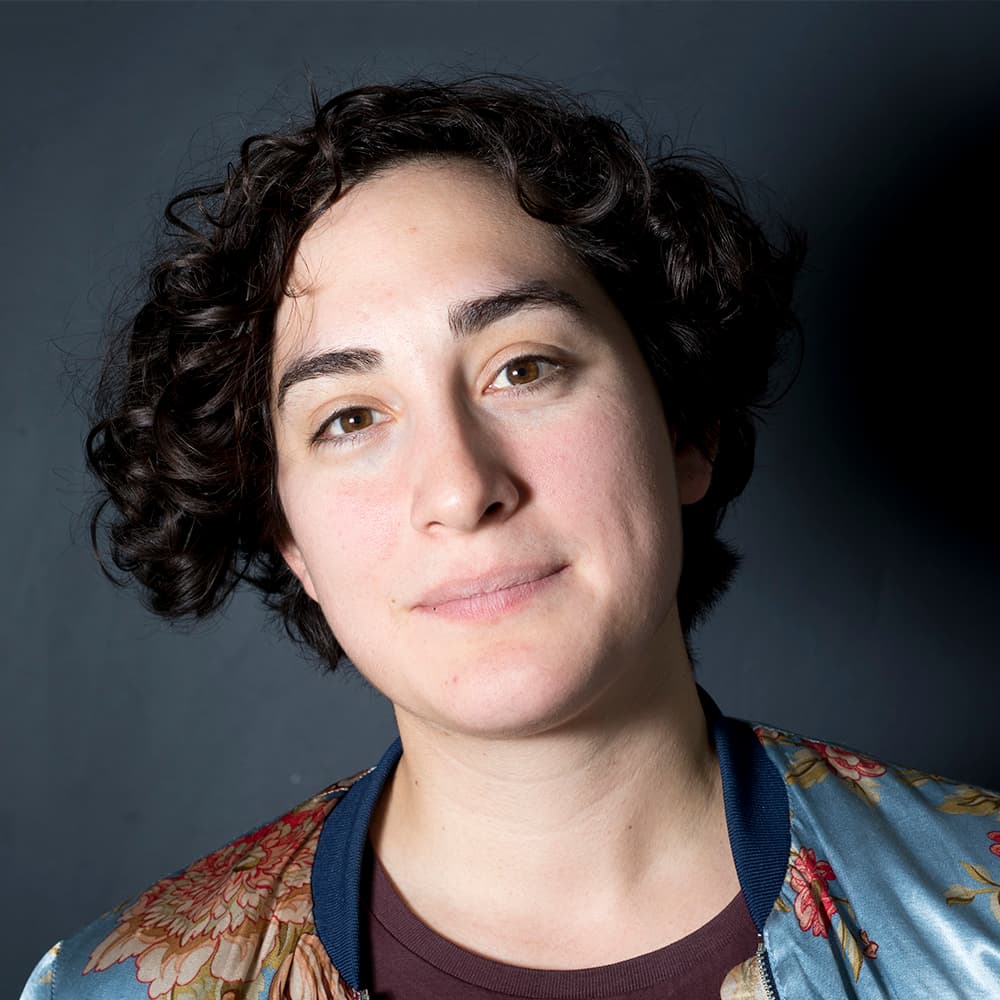
If Malcolm Gladwell is right, it takes 10,000 hours of work to be truly good at something. That's nearly five years of work at a standard 9 to 5 job.
But what if you lived with a bunch of artists in a place where you could create at any moment? That's what Travis Egedy, better known as Pictureplane, did for six years until 2012.
Though he lives in Brooklyn now, Rhinoceropolis is a place that he still calls home, and he explained its importance to Denverite.
Why Egedy lived at Rhinoceropolis:
"It was a place that had no rules or boundaries and it was up to us to figure out how to run that space. It was, I think, hugely formative in all of our lives. It taught me so much about being an artist and it's so social there too. You're meeting other like-minded people and it's a place where people can come together and experience raw unhinged culture and art."
How it compares to his new life in an apartment:
"As beautiful as it is and beautiful as I describe it, my vision of what is beautiful is definitely not going to be shared by most other people. Living in a warehouse is pretty dirty and it's a little extreme, but we loved it. It was special for that. We took pride that we didn't live in some carpeted loft. I thrived in that situation, but it's definitely not for everyone."

The importance of Rhinoceropolis to Egedy's work:
"I went to the first party ever there, the first show ever. I immediately felt at home. It's where I came into myself as an artist and now I tour the world playing music and stuff. That wouldn't have happened without Rhinoceropolis, it allowed me to really find my artistic self in there because I could be crazy in there and experimental. That doesn't happen living in a normal apartment really. [...]
"It's where stuff is born. I can't really stress the importance of places like Rhinoceropolis enough. It's everything really. [...] It builds community. That's another thing that's really crucial to artistic development, getting people together and sharing the work and playing for your friends. Just sharing ideas and stuff. It's really crucial for development and it pushes things forward."

The role of DIY spaces compared to city-sanctioned art spaces:
"I had a studio, like a residency at Redline for a year in 2008 I think and I was constantly getting in trouble over there because I was sort of trying to bring the Rhinoceropolis vibe over there.
"I did, and the directors of Redline were just freaking out, they didn't understand it at all, it was too weird for them. And I was getting in trouble and basically I got kicked out of Redline for being just a little too radical. It wasn't like I was destroying property or anything, but it was not up to their tastes, basically.
"I always thought that was hilarious because they were priding themselves on being this cutting edge contemporary gallery and I was trying to bring cutting edge contemporary work into there and they didn't understand what was going on. That's the difference between a place like Rhinoceropolis and something more sanctioned by the city or something -- it's a little more rough around the edges, which I think is important for art and music and culture."












